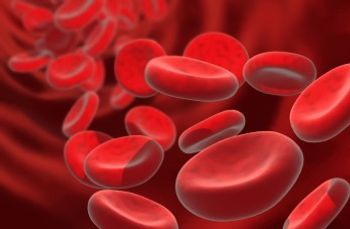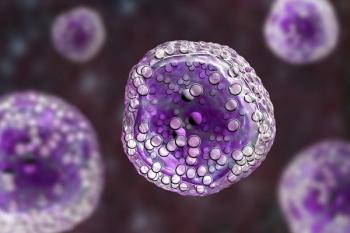
Oncology NEWS International
- Oncology NEWS International Vol 5 No 5
- Volume 5
- Issue 5
EPA Proposes Changes in Determining Cancer Risk of Chemicals, Pollutants
WASHINGTON--The Environmental Protection Agency (EPA) is proposing that scientists rely less on animal testing and more on microbiological studies in calculating the cancer risk of chemicals and pollutants. The new regulations would place more emphasis on how chemicals actually affect human cells.
WASHINGTON--The Environmental Protection Agency (EPA) is proposingthat scientists rely less on animal testing and more on microbiologicalstudies in calculating the cancer risk of chemicals and pollutants.The new regulations would place more emphasis on how chemicalsactually affect human cells.
The changes could have a major impact on the country's programsto control pollution and pesticide use. The new regulations werepublished in the Federal Register in April, and will be put intofinal form after completion of 4 months of public comment.
Articles in this issue
over 29 years ago
No Need to Delay Mammography After FNA, Study Showsover 29 years ago
Pediatric Cancer Guidelines Are a National Effortover 29 years ago
ATL's HDI Digital Ultrasound Is Approved for Breast Indicationover 29 years ago
Natural History of HIV Supports the Use Of Early Interventionsover 29 years ago
Aids Vaccine Trial Fails to Show Clinical Benefitover 29 years ago
Rep. Porter Honored For Work on Budgetover 29 years ago
Blenoxane Cleared for New Use In Malignant Pleural EffusionNewsletter
Stay up to date on recent advances in the multidisciplinary approach to cancer.


















































































